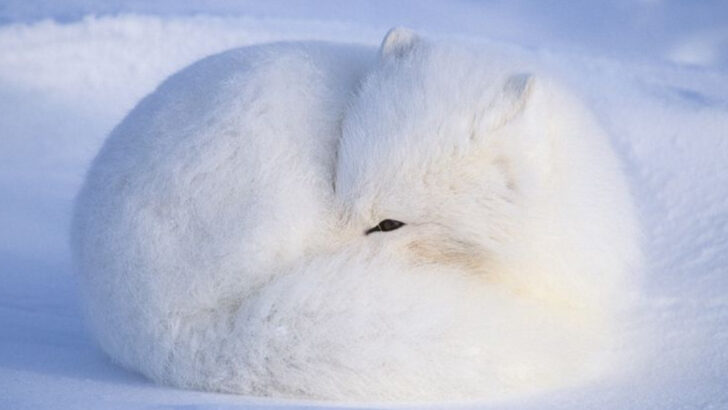Most mammals wouldn’t last a week in the Arctic. The fox thrives there year-round. While icy winds rip across the tundra and temperatures plunge below -50°F, the Arctic fox trots through the snow like it owns the place. It doesn’t just survive—it flourishes in a world that turns most creatures into popsicles. With fur that changes color, paws built like snowshoes, and hearing sharp enough to catch dinner buried under feet of snow, this fox is nature’s winter warrior. So how does it pull off this frosty magic trick? Let’s step into the snow and find out.
Thick Fur Coat
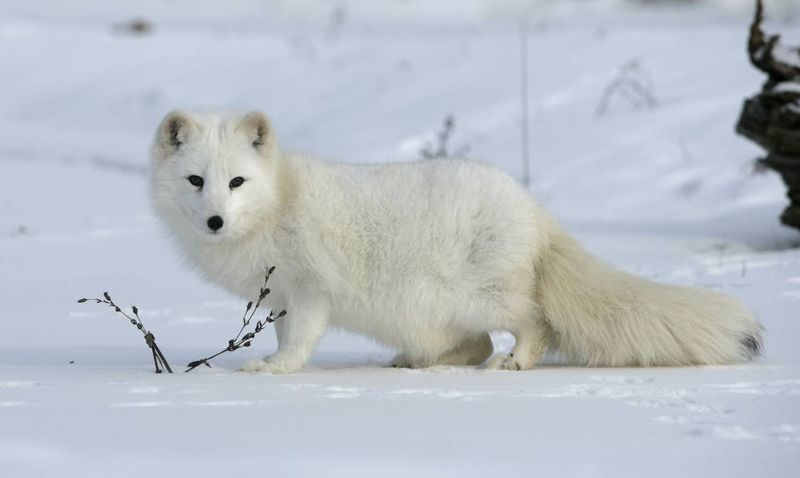
With a dense coat of fur, the Arctic fox can endure the severe cold of the Arctic winter. This coat changes from brown in the summer to a pristine white in winter, providing both warmth and camouflage. The fur is not just an aesthetic feature; it is a crucial adaptation that insulates the fox against temperatures that can plunge to -50°C. In addition to its body, the fox’s fur covers its paws, offering protection against the icy ground. This adaptability showcases the fox’s remarkable capability to survive where few others can.
Resourceful Diet

Known for its cunning hunting techniques, the Arctic fox’s diet is as varied as it is resourceful. During the harsh winter months, this clever creature can sniff out prey hidden beneath the snow, such as lemmings. Its diet is not limited to small mammals; the fox will also scavenge food from larger predators’ leftovers. In dire times, the fox’s ability to consume seabird eggs and even seaweed demonstrates its incredible adaptability. The Arctic fox’s resourcefulness in finding nourishment is a key factor in its survival during the long, unforgiving winter.
Efficient Metabolism
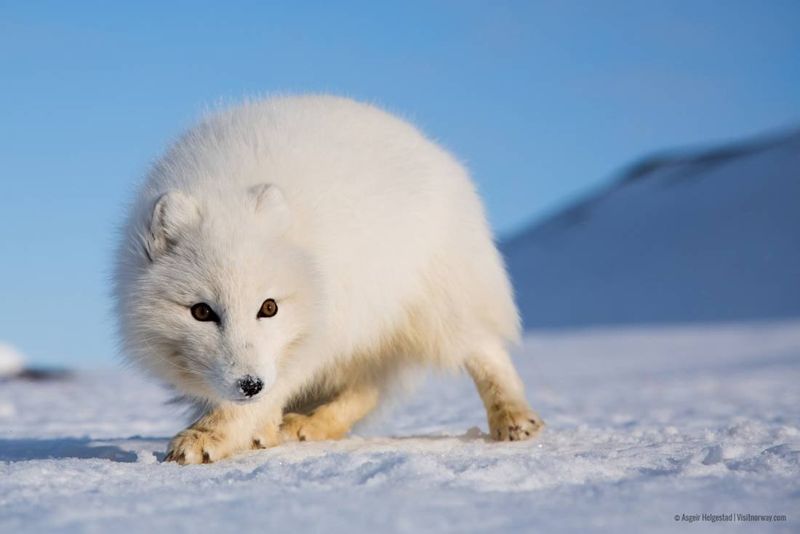
The Arctic fox’s metabolism is precisely tuned to conserve energy during the frigid winter months. With a lower resting metabolic rate, it can maintain body heat without expending unnecessary energy. This efficiency allows the fox to survive on limited food resources when hunting is challenging. Unlike many mammals that require constant foraging for sustenance, the Arctic fox can thrive in scarcity. Its ability to slow down its metabolism during extreme cold spells is a testament to its evolutionary prowess. Such energy conservation techniques are vital to its winter survival.
Seasonal Camouflage
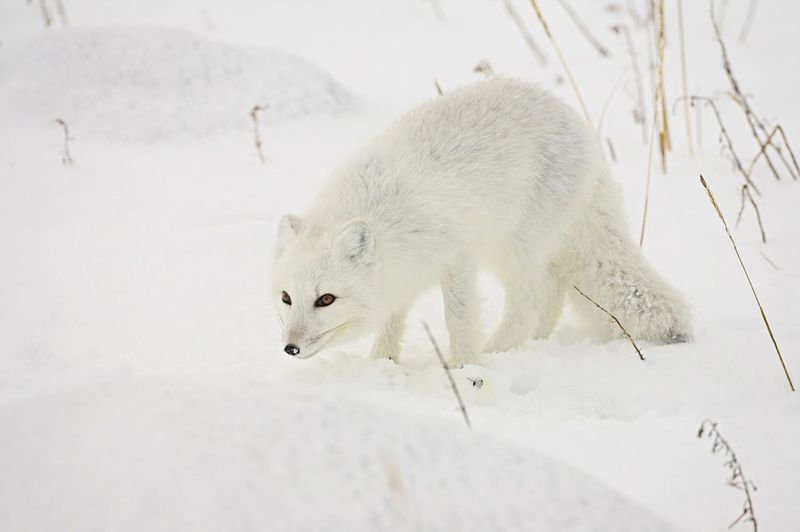
The Arctic fox’s seasonal camouflage is an elegant adaptation to the changing environment. In winter, its fur turns white, allowing it to blend seamlessly with the snow, evading predators and sneaking up on prey. This transformation is more than just a color change; it is a survival mechanism that involves a complete shedding and regrowth process. In summer, the fur shifts to brown or grey, matching the tundra’s landscape. This dual-function camouflage highlights the fox’s ability to adapt to seasonal shifts, ensuring its continued survival in the Arctic wilderness.
Social Behavior
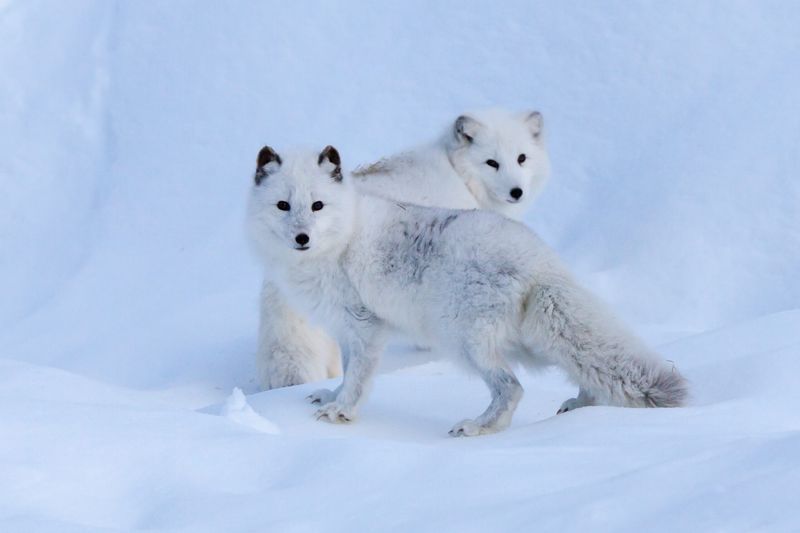
Arctic foxes are often seen as solitary creatures, but their social behavior plays a vital role in survival. Forming monogamous pairs, they display a strong bond, working together to raise their young and hunt more efficiently. During the harsh winter, these social ties can be a lifeline, providing warmth and cooperation in the hunt for scarce food. The shared responsibility of parenting ensures that the cubs have a higher chance of surviving the brutal environment. This camaraderie and teamwork exemplify the fox’s adaptability and resilience.
Warm Dens
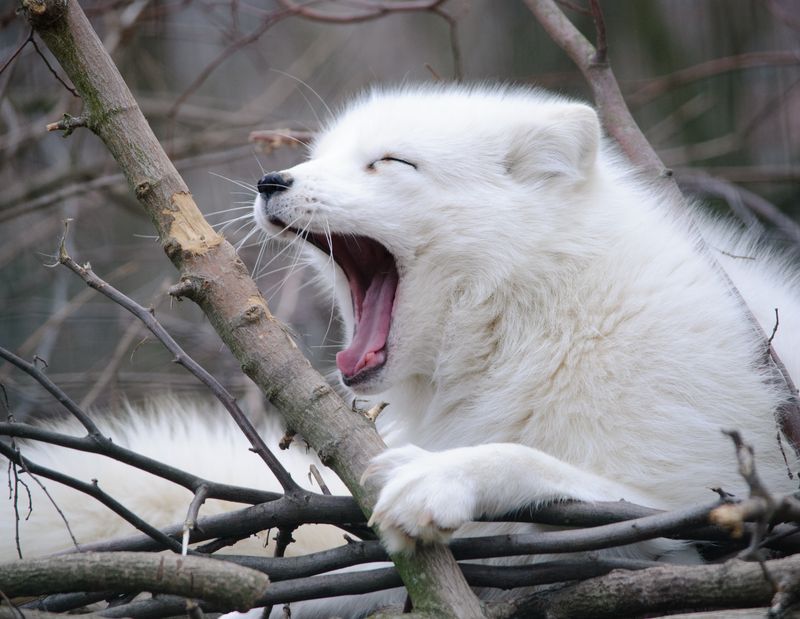
Building warm dens is an ingenious way the Arctic fox survives the winter’s wrath. These dens are not just simple shelters; they are complex networks that provide insulation and protection from the elements. Often constructed with multiple entrances and chambers, they allow the fox to escape predators and harsh weather. The dens are frequently reused and expanded over generations, becoming a crucial part of the fox’s survival strategy. By creating such secure homes, the Arctic fox ensures its safety and comfort during the coldest months.
Thick Tail for Warmth

The thick, bushy tail of the Arctic fox is more than just a balancing tool; it’s an essential part of its winter survival kit. Acting as a portable blanket, the tail wraps around the fox’s body, providing additional warmth during rest. This unique adaptation is especially crucial when the fox is exposed to howling winds and freezing temperatures. The tail’s insulating properties help conserve body heat, making it a vital component of the fox’s ability to withstand the Arctic’s punishing climate. This clever adaptation highlights the fox’s resourcefulness in cold environments.

